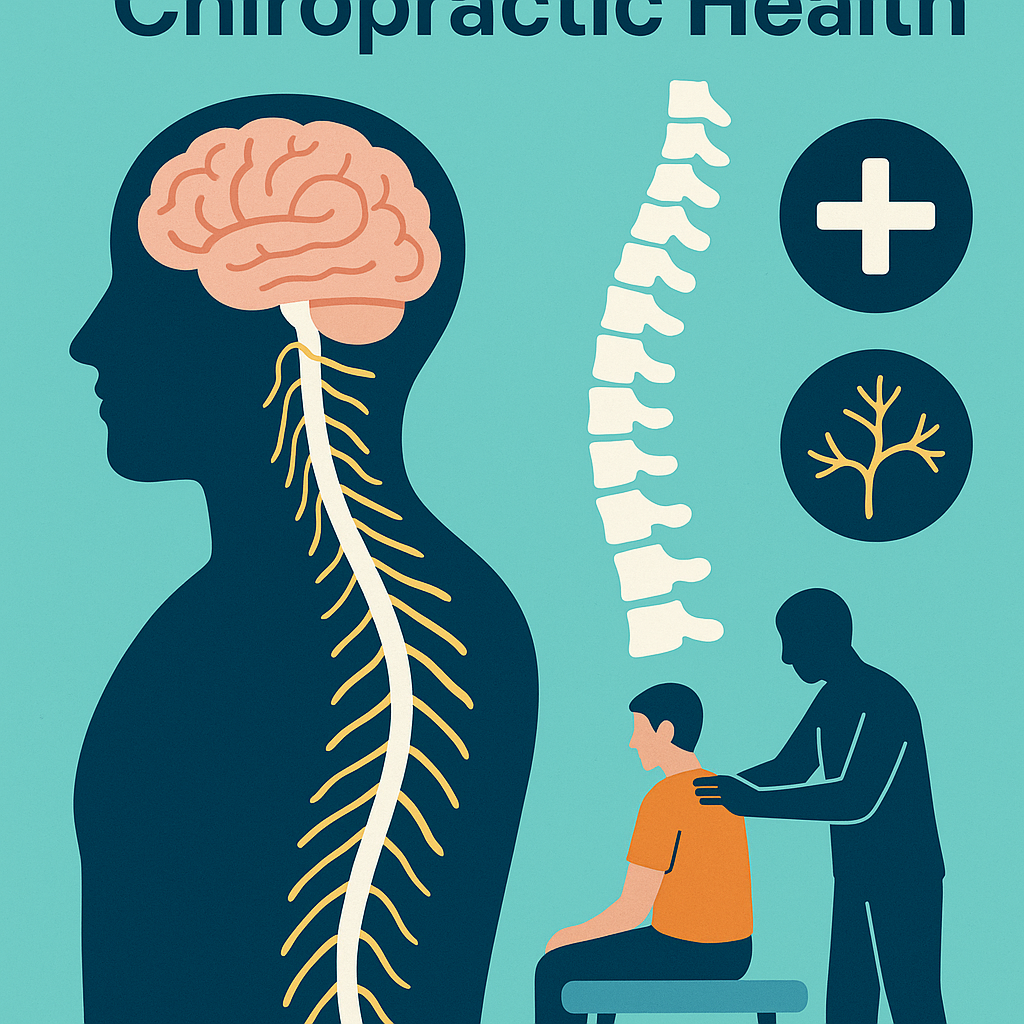Table of Contents
ToggleLower Pain
To lower pain effectively, focus on regular physical activity and mindful habits. Strengthening your core muscles and maintaining a healthy weight can alleviate strain on your spine. Incorporate a daily stretching routine to reduce muscle tension and improve flexibility. Pay attention to your sitting posture; ergonomic seating supports your spine effectively. Walking frequently helps block pain signals and encourages better mobility. Optimize your sleep position to promote spinal health, and consider quitting smoking, as it can greatly reduce inflammation. Managing these aspects can lead to noticeable pain relief, and there’s even more you can investigate for effective strategies.
Strengthen Core Muscles
To effectively manage and lower back pain, strengthening your core muscles is essential. A strong core plays a vital role in supporting your lower back, alleviating pressure and reducing pain. Engaging in targeted core exercises for just a few minutes each day can greatly improve spinal health. When you strengthen your core, you enhance overall stability and posture, which helps prevent strain on your lower back during daily activities.
Incorporating common core-strengthening exercises like planks, bridges, and abdominal crunches into your routine is simple and effective. These exercises not only provide pain relief but also promote better movement patterns. The benefits extend beyond immediate comfort; regularly strengthening your core muscles can reduce the risk of future back injuries.
Daily Stretching Routine
Strengthening your core muscles sets a solid foundation for incorporating a daily stretching routine. Daily stretching can greatly benefit your overall well-being, especially if you’re aiming to relieve lower back pain and improve your flexibility. By dedicating just a few minutes each day to stretching, you can reduce muscle tension and enhance the health of your spine.
Here are some key benefits of a daily stretching routine:
- Relieve lower back pain by loosening tight muscles.
- Reduce muscle tension, promoting relaxation and comfort.
- Improve flexibility, making daily activities easier.
- Increase blood flow to muscles, which aids recovery and reduces stiffness.
- Prevent low back pain by maintaining a consistent routine.
Incorporating various stretches targeting your back and surrounding areas can create a balanced approach to your fitness. A consistent stretching routine not only strengthens your core muscles but also reduces pressure on your lower back. By establishing this habit, you support your spine’s health over time, ensuring you’re better equipped to serve others in your daily life.
Improve Sitting Posture
Many people underestimate the importance of sitting posture in maintaining spinal health and alleviating back pain. Proper posture helps distribute weight evenly across your body, reducing strain on your lower back. To support this, consider using ergonomic seating designed to follow the natural curvature of your spine. This can greatly enhance comfort and help you maintain a healthy posture throughout your day.
Engaging your abdominal muscles while sitting is also key. This action not only provides support for your spine but also helps lower inflammation by reducing tension in your back. Remember to keep your feet flat on the floor and your shoulders relaxed. This awareness of body mechanics can prevent long-term back issues and improve your overall spinal health.
Taking regular breaks from sitting is essential too. Aim to stand up and stretch every 30 to 60 minutes to avoid stiffness and encourage better posture. By making these adjustments, you’re not just helping yourself; you’re also setting an example for others. Focusing on your sitting posture can truly make a difference in how you feel and function each day.
Incorporate Walking
Improving your sitting posture is a great first step, but incorporating walking into your routine can further enhance your spinal health. Walking is a low-impact exercise that helps reduce pressure on your lower back and improve overall fitness. When you engage in brisk walking for at least 30 minutes most days, you can experience significant benefits.
Here are some key advantages of incorporating walking into your lifestyle:
- Help relieve pain: Regular walking can block pain signals in your body, providing relief from low back discomfort.
- Stretch and strengthen: Walking helps stretch muscles and strengthen lower body muscles, improving your posture.
- Weight loss: Maintaining a healthy weight is essential for reducing strain on your spine.
- Pressure reduction: Walking reduces pressure on your lower back, which can help prevent future back pain.
- Overall health: Regular physical activity promotes better circulation and overall fitness.
Correct Lifting Techniques
Lifting heavy objects can put a strain on your back if you don’t use the right techniques. To avoid lower back pain, always assess the weight of the item before you lift. If it feels too heavy, don’t hesitate to seek assistance or use tools like dollies. When you’re ready to lift, bend at your knees, not your waist, to maintain a neutral spine position. This helps minimize the risk of a strain or sprain.
Keep the object close to your body as you lift. This reduces stress on your back and allows you to engage your leg muscles effectively. Remember, it’s essential to avoid twisting your torso while lifting. Instead, pivot your feet to change direction. This simple adjustment can greatly lessen the chance of injury.
Optimize Sleep Position
Proper lifting techniques can greatly reduce your risk of injury, but how you sleep also plays an essential role in managing back pain. Optimizing your sleep position can considerably enhance sleep quality and help reduce back pain. Here are some tips to keep in mind:
- Avoid sleeping on your stomach, as it can strain your neck and spine.
- Place a pillow between your knees if you sleep on your side to maintain proper spinal alignment.
- Elevate your knees with a pillow if you sleep on your back to alleviate lower back strain.
- Invest in a supportive mattress that conforms to your body’s natural curves, promoting maintaining a neutral spine.
- Establish consistent sleep routines, including a regular bedtime and wake-up time, to improve overall sleep quality.
Maintain Healthy Weight
How can maintaining a healthy weight impact your back pain? Maintaining a healthy weight is essential for reducing lower back pain and improving your overall spinal health. Extra weight places considerable stress on your back and alters spine alignment, which can lead to discomfort and pain. Research shows that for every extra pound you carry, your spine bears about four additional pounds of pressure.
To alleviate this stress, consider making dietary changes and incorporating regular exercise into your routine. A balanced diet rich in nutrients, especially calcium and vitamin D, supports bone health and can help prevent conditions like osteoporosis, which contribute to back pain. Exercise not only aids in weight loss but also strengthens the muscles that support your spine, enhancing your body’s ability to maintain proper alignment.
Consulting healthcare providers for personalized weight management strategies can be beneficial. They can help you design a plan that suits your needs and supports long-term back health. By focusing on maintaining a healthy weight, you can considerably reduce the strain on your back and improve your overall well-being.
Quit Smoking
Maintaining a healthy weight is just one part of the equation for back pain relief; quitting smoking is another essential step. When you quit smoking, you can greatly improve your spine health. Here’s how it can benefit you:
- Enhances blood flow to spinal discs, promoting nourishment.
- Reduces the risk of chronic back pain linked to inflammation.
- Improves calcium absorption, lowering the chances of osteoporosis.
- Speeds up healing times after injuries or surgeries.
- Provides access to numerous resources for tobacco cessation.
Smoking restricts blood supply to your spine, which can lead to chronic back pain. It also contributes to decreased calcium absorption, increasing your risk of osteoporosis and fractures. Additionally, if you’re a smoker, you may experience slower healing times after back injuries, delaying your recovery and worsening discomfort. By choosing to quit smoking, you’re not only helping yourself but also paving the way for better health for those around you. With plenty of support available for tobacco cessation, taking this step can lead to considerable improvements in your overall well-being and spinal health. Let’s work together towards a healthier future!





